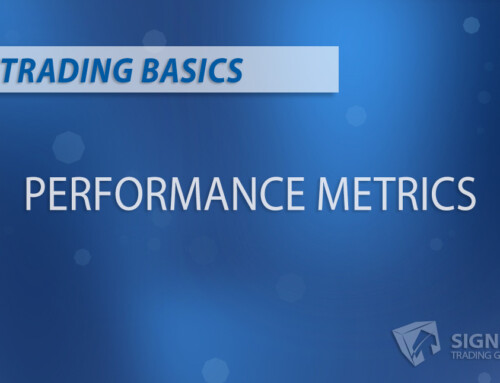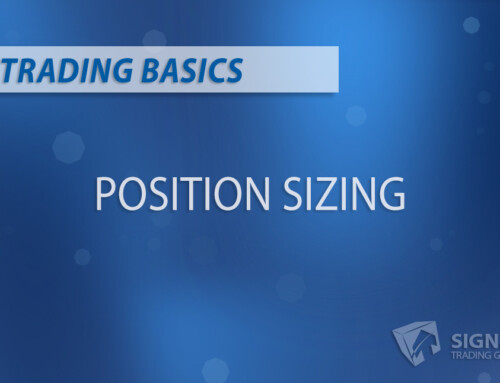The “Performance Metrics 101” blog series is geared towards providing traders with the essential evaluation tools they need to assess trading performance accurately. The goal is to provide a complete understanding of these tools, enabling traders to use them effectively.
Martingale Position Sizing Method
Trading markets can be exciting and daunting, especially for new investors who explore various strategies to maximize their profits and minimize losses. One such strategy, the Martingale position sizing method, has long been debated in trading circles. In this blog post, we will delve into the inner workings of this controversial technique, examine the associated risks, and discuss alternatives better suited to different risk tolerances.
Martingale Background and Basic Principles
The Martingale method emerged from the betting world, applied initially to simple coin-tossing games. The core principle is to double the bet size after every loss, assuming that a win will eventually occur, thus recouping all previous losses and securing a profit. It is based on the belief that losing streaks are temporary and followed by a winning streak.
This strategy has found its way into finance, specifically trading, and is known as the Martingale position sizing method. Traders resort to increasing their position size when their previous bet loses, hoping the market will eventually turn in their favor.
How the Martingale Position Sizing Method Works
When a trader experiences a loss, they double their position size, echoing the gambling method. As the odds of winning increase, the trader capitalizes on this winning trade to compensate for previous losses. This approach banks on “mean reversion,” implying that extreme price movements will eventually return to their average levels.
Here is an example to illustrate how the method works:
- The trader buys one contract at $100.
- The market declines, and the contract is now valued at $90. The trader buys two contracts at this price.
- The market declines further to $80. The trader buys four contracts.
- Finally, the market moves up to $95. The trader sells all seven contracts, recouping the losses and generating a profit.
Risks and Caveats
While the Martingale technique may seem appealing, it comes with substantial risks:
- Aggressiveness: The strategy mandates significant capital to support continuous position doubling. In prolonged losing streaks, the trader might drain their account or reach a point where further doubling is unfeasible.
- Potential for Large Losses: The assumption that a win will follow a series of losses is a fallacy, exposing the trader to significant losses. Moreover, the elusive winning trade might only partially cover the accumulated losses.
- Psychological Pressure: Constantly increasing position size after losses can lead to heightened stress, clouding decision-making abilities.
Alternatives for Different Risk Tolerances
The Martingale position sizing method is not recommended for most traders due to its aggressive nature and potential for heavy losses. Here are some alternatives to consider:
- Fixed Position Sizing: The trader designates a constant position size for all trades, irrespective of wins or losses.
- Percentage Risk Sizing: The trader risks a fixed percentage of their account balance per trade, ensuring steady risk limitation even in a losing streak.
- Anti-Martingale (“Reverse Martingale”) Sizing: Another approach is to increase position size after a winning trade and decrease it after a losing one. This conservative method guards the trader against compounding losses.
Conclusion
The Martingale position sizing method is a high-risk, high-reward strategy with potentially significant losses. Before trading with real money, new traders should practice and master other risk management techniques to make more informed decisions. Ultimately, traders should always remember to bet within their financial means and risk tolerance level.






